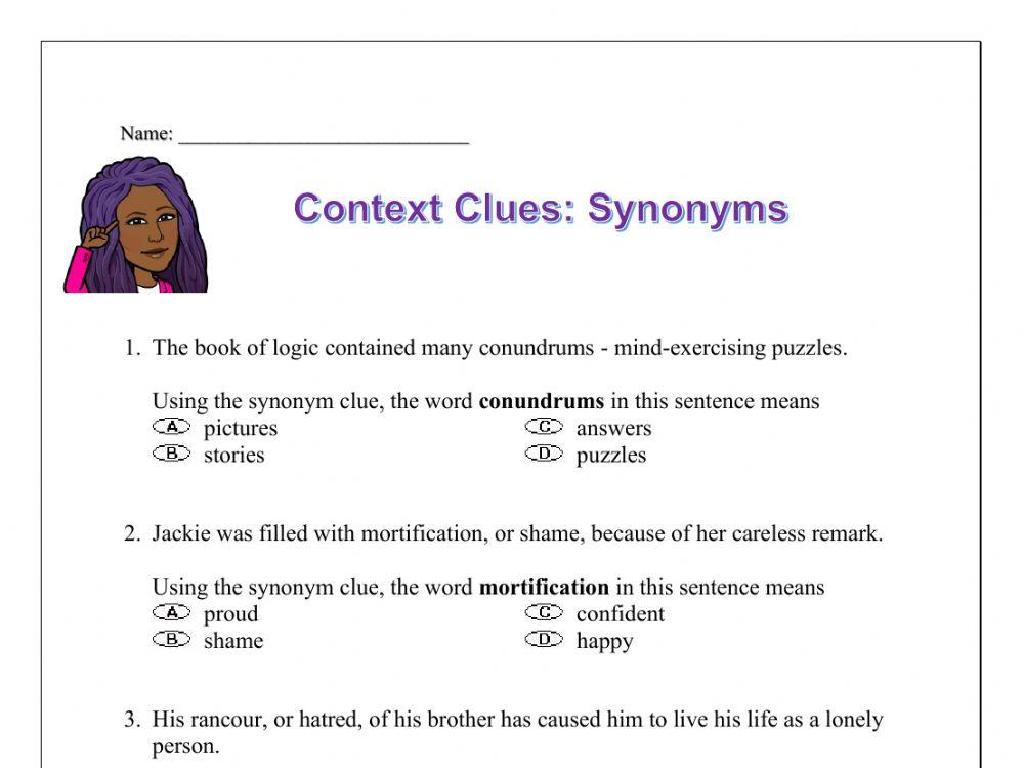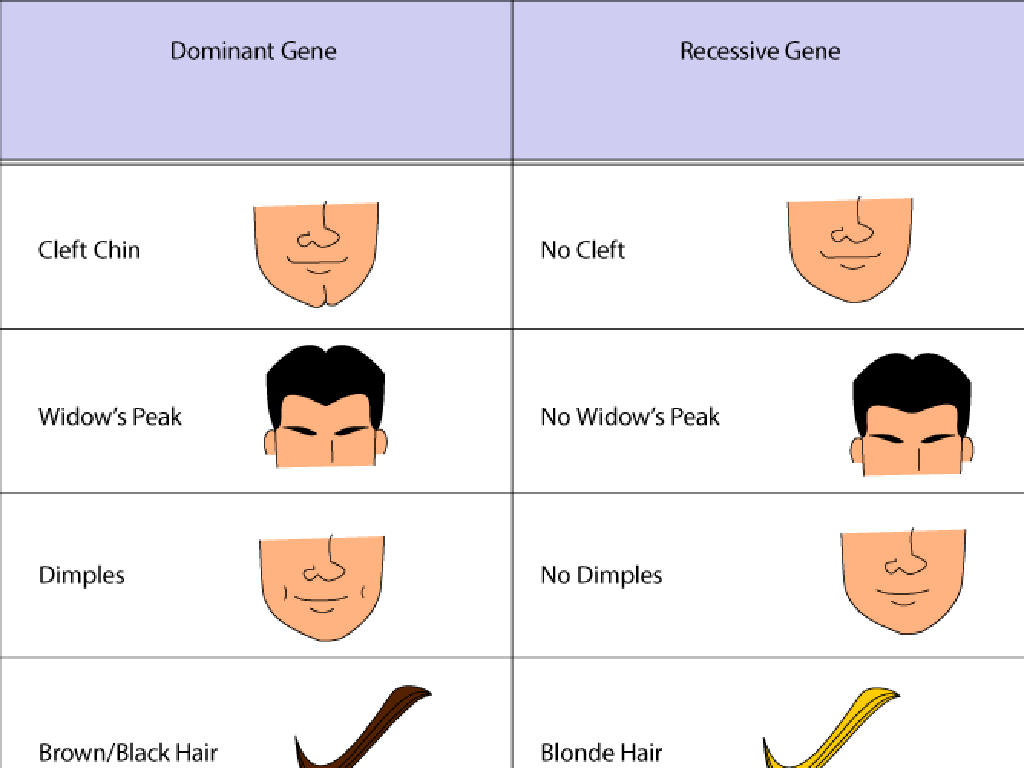Count To 100
Subject: Math
Grade: Kindergarten
Topic: Numbers And Counting To 100
Please LOG IN to download the presentation. Access is available to registered users only.
View More Content
Welcome to Numbers!
– Greet our little mathematicians
– Today’s focus: Learning about numbers
– Numbers are fun and everywhere!
– Counting journey begins
– We’ll count from 1 to 100 together
– Aim: Reach the number 100!
– Practice makes perfect in counting
|
This slide is designed to introduce Kindergarten students to the concept of numbers and counting. Start the lesson with a warm and enthusiastic greeting to engage the children. Emphasize that numbers are not just for math class; they are a part of everyday life. Use visual aids like number charts or counters to help students visualize the numbers as they count. Encourage participation by having students count aloud in unison and use hand motions or clapping to reinforce the learning process. The goal is to make counting to 100 a fun and interactive experience. Remember to praise their efforts and progress to build confidence in their counting abilities.
Counting Fun: Numbers 1 to 10
– Counting from 1 to 10
– Let’s say the numbers one by one
– Matching numbers to objects
– One apple, two apples… up to ten
– Count objects together
– I’ll show you objects, let’s count them aloud
– Practice makes perfect
|
This slide is designed to introduce kindergarteners to the basics of counting. Start by engaging the students in counting from 1 to 10 in unison to ensure they are familiar with the number sequence. Then, demonstrate the concept that each number corresponds to a specific quantity by showing them a group of objects and counting them together. Use classroom materials like blocks or toys as visual aids. Encourage the children to count along with you, reinforcing the connection between numbers and quantities. The repetition and practice will help solidify their understanding of the first ten numbers. For the activity, consider having different sets of objects for the children to count in small groups or individually, fostering an interactive and hands-on learning experience.
Counting Numbers 11 to 20
– Counting from 11 to 20
– After 10, numbers begin with 11, 12, 13, … up to 20
– Numbers start with a ‘1’ after 10
– The ‘1’ in front means one group of ten plus the ones
– Count together using a number line
– Visual aid to help us see the numbers in order
|
This slide is aimed at helping Kindergarten students understand the concept of counting from 11 to 20. Emphasize the pattern that emerges after the number 10, where each subsequent number starts with a ‘1’, indicating one group of ten plus the remaining ones. Use a number line as a visual tool to help students see the sequence of numbers and count along. This will reinforce their understanding of the base-ten number system. Encourage the students to count out loud together and use their fingers if necessary to represent the numbers as they progress along the number line.
Understanding Tens and Ones
– Numbers have Tens and Ones
– Like building blocks, numbers stack up.
– 10 starts a new group
– When we reach 10, we start a new pile.
– Building numbers with blocks
– Use blocks to show 10s and 1s – like 10, 20, 21.
– Counting in groups of ten
– Practice by grouping items in tens and counting.
|
This slide introduces the concept of place value, focusing on tens and ones. Explain that numbers are made up of tens and ones, similar to how building blocks come together to create structures. Emphasize that the number 10 is special because it signifies the start of a new group of ten. Use physical blocks or visual aids to demonstrate how to build numbers by grouping them into tens and adding ones. For example, show 10 blocks to represent the number 10, then add one more to make 11. Encourage the children to practice by grouping objects into tens and counting them to reinforce the concept. This hands-on activity will help them visualize and understand the base-ten system, which is fundamental in math.
Counting by Tens to 100
– Counting by tens is quick and easy
– Practice counting: 10, 20, 30… up to 100
– Start at 10 and add 10 each time
– Let’s count together: 10, 20, 30…
– Repeat after me: 10, 20, 30, 40, 50…
– Hop along as we count by tens!
– Jump on each count: 10 (hop), 20 (hop)…
|
This slide introduces the concept of counting by tens, which is a foundational skill in understanding place value and number patterns. Encourage the children to count aloud with you, reinforcing the pattern and rhythm of counting by tens. Use physical activity, like hopping, to make the learning process engaging and to help kinesthetic learners. You can set up numbered floor mats or use visual aids to help them visualize the jumps in numbers. This activity not only teaches them to count by tens but also helps with their motor skills and memory retention through movement and repetition.
Counting from 21 to 100
– Counting up from 21
– After 20, each number is one more.
– Using the 100 chart
– Point and count on the chart together.
– Recognizing patterns
– Numbers end in the same digits every 10 counts.
– Practice makes perfect
|
This slide is aimed at helping Kindergarten students understand how to count from 21 to 100. Start by explaining that after 20, we just add one more to get the next number. Use a 100 chart as a visual aid to help them follow along as you count together. Highlight the patterns they can see, such as the repetition of the last digit every 10 numbers (30, 40, 50, etc.), which can make it easier for them to remember the sequence. Encourage the students to practice counting with the chart regularly, as repetition will help them memorize the numbers more effectively. You can also engage them in counting games or songs that go up to 100 to make the learning process fun and interactive.
Let’s Practice Counting to 100!
– Practice makes perfect
– Count items in our classroom
– Count pencils, books, or blocks together
– Ready, set, count!
– Celebrate our counting journey
– After counting, we’ll cheer for our achievement!
|
This slide is designed to engage Kindergarten students in a fun counting activity. Emphasize the importance of practice in learning to count. Organize the classroom into different stations with various items like pencils, books, and blocks for the children to count. Start the activity with an enthusiastic ‘Ready, set, count!’ to get the children excited. As they count, walk around to assist and encourage them. After completing the counting, lead the class in a celebration of their effort and success. This activity not only helps with their counting skills but also fosters a positive learning environment.
Count to 100 with a Fun Song!
– Songs make remembering numbers fun
– We’ll sing together to reach 100
– A catchy tune helps us count in sequence
– Sing loud and dance along
– Use your voice and body to learn
– Show your best counting moves!
|
This slide introduces a musical activity to help Kindergarten students learn to count to 100. Music and movement are powerful tools for memory and learning, especially at this age. The song should have a simple, repetitive melody that emphasizes the numbers as they count up. Encourage the children to sing along and create dance moves for different number groups (like 1-10, 11-20, etc.). This will not only make the learning process enjoyable but also help them associate physical activity with counting, reinforcing their understanding of number sequences. Make sure to praise their effort and creativity as they show their counting dance moves!
Class Activity: 100 Steps Journey
– Let’s walk 100 steps together
– Count each step out loud
– Find items in groups of 100
– Can you spot 100 blocks or 100 crayons?
– Discuss what we discovered
– Share your findings with the class
|
This activity is designed to help Kindergarten students understand the concept of the number 100 through physical activity and observation. As the students walk and count each step, they will develop a sense of the quantity that 100 represents. Encourage them to count loudly and clearly, reinforcing their number recognition and counting skills. After the walking activity, engage the students in a scavenger hunt to find items around the classroom that might come in groups of 100, such as crayons or blocks. This will help them visualize the number 100 in different contexts. Conclude the activity with a discussion, allowing students to share what they found and how they grouped items to count to 100. This will also encourage communication and presentation skills.
Celebrating Counting to 100!
– Congratulations on reaching 100!
– Daily practice makes perfect
– Count objects, steps, or while playing
– You’re now counting experts
– Share your counting skills with friends
– Keep counting beyond 100
– What comes after 100? Let’s find out!
|
This slide is a celebration of the students’ achievement in learning to count to 100. It’s important to acknowledge their hard work and encourage them to continue practicing their counting skills daily. Reinforce the concept that practice leads to mastery and that they are now ‘experts’ at counting to 100, which will boost their confidence. Encourage them to help others, like younger siblings or friends, with counting. Finally, challenge them to think about numbers beyond 100, setting the stage for further learning.






